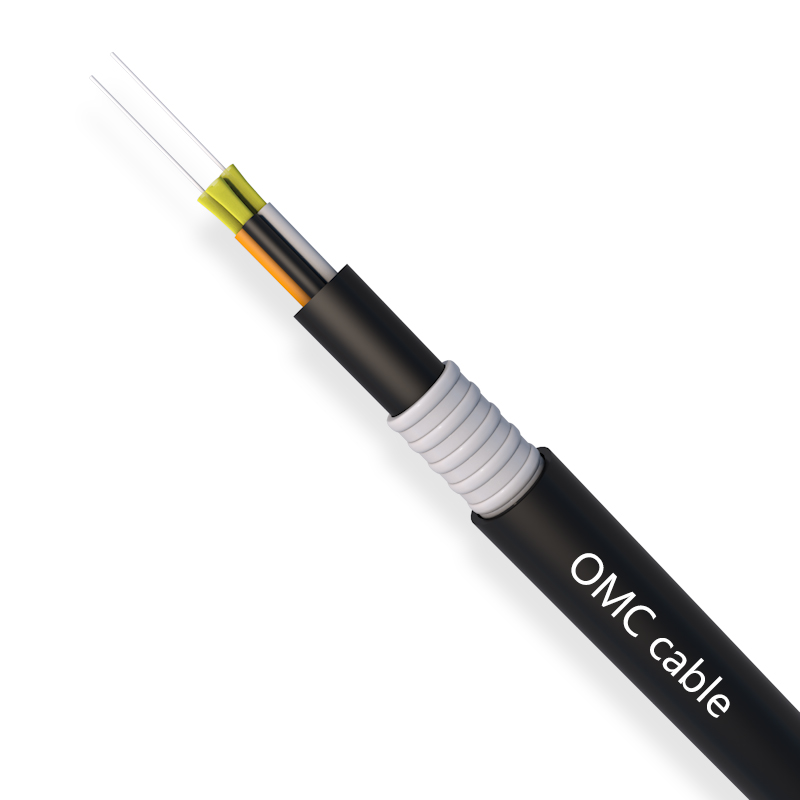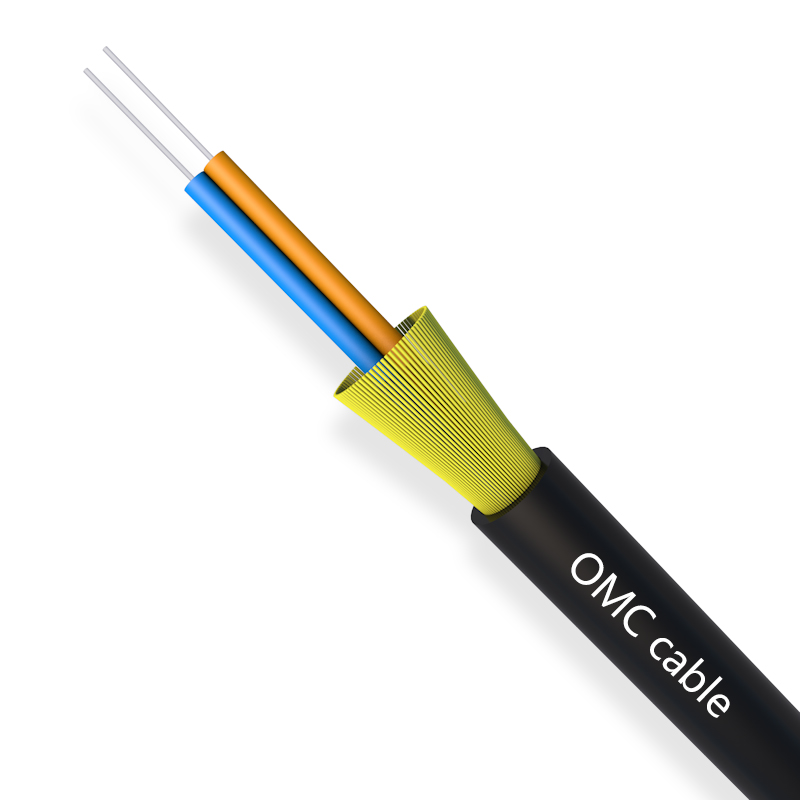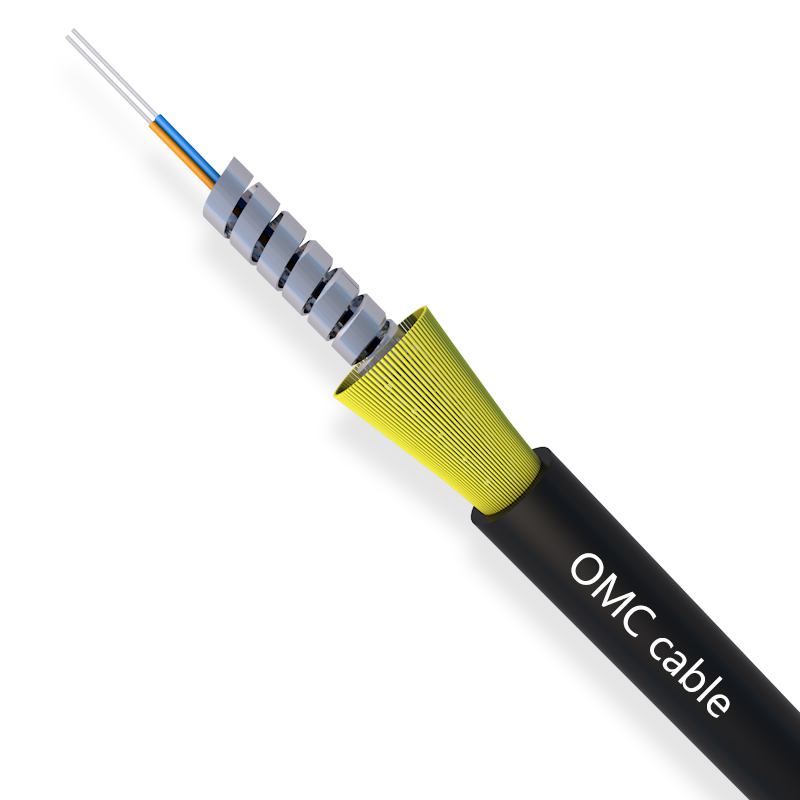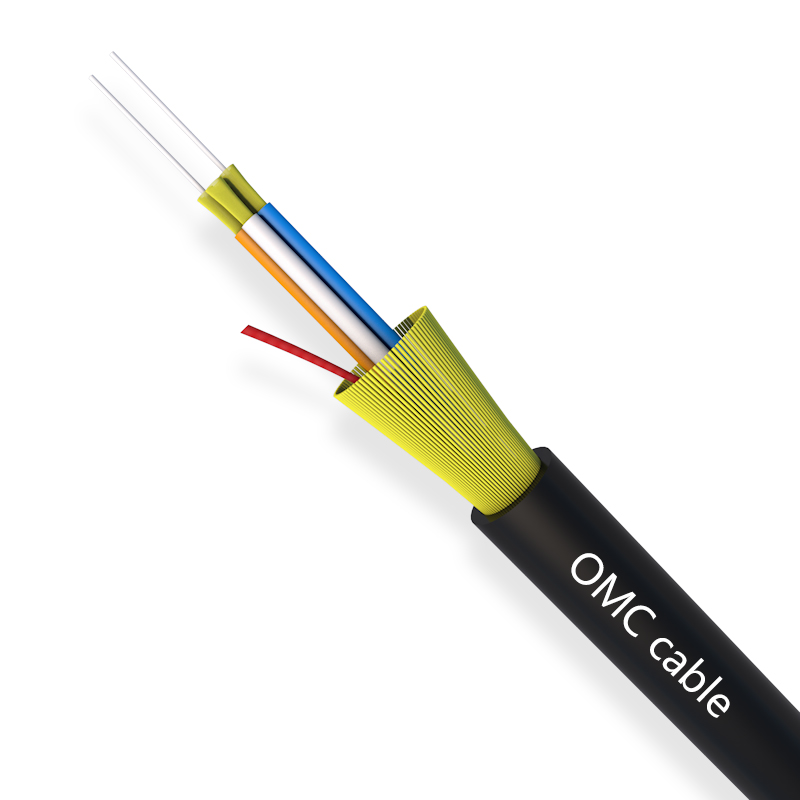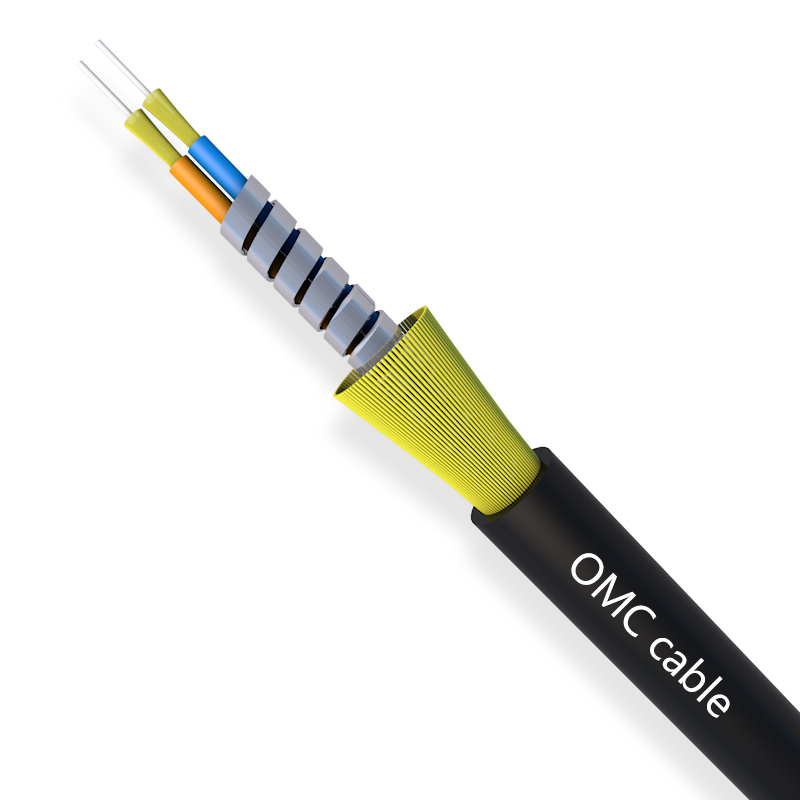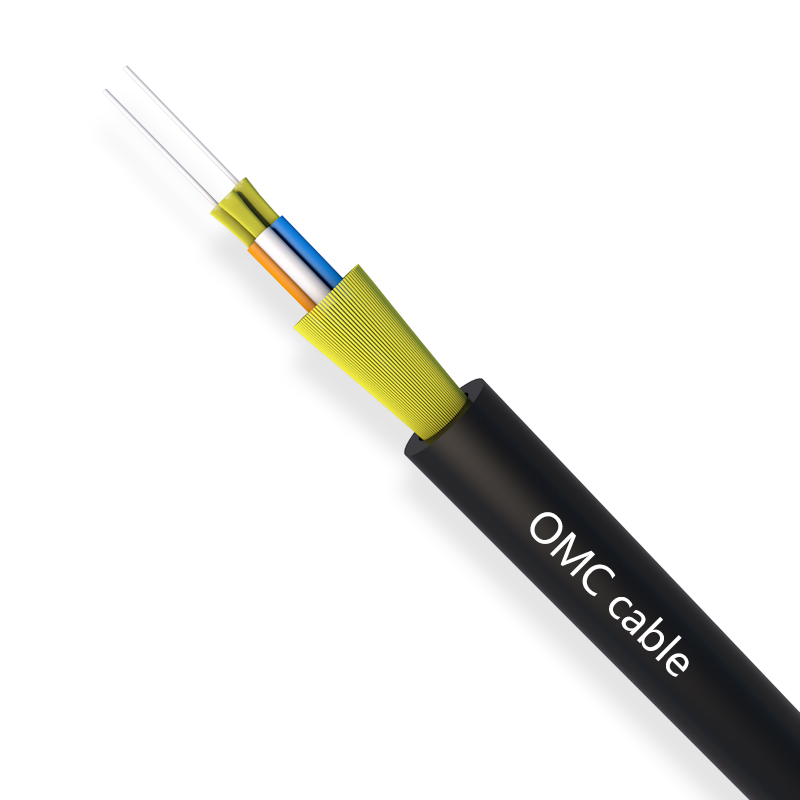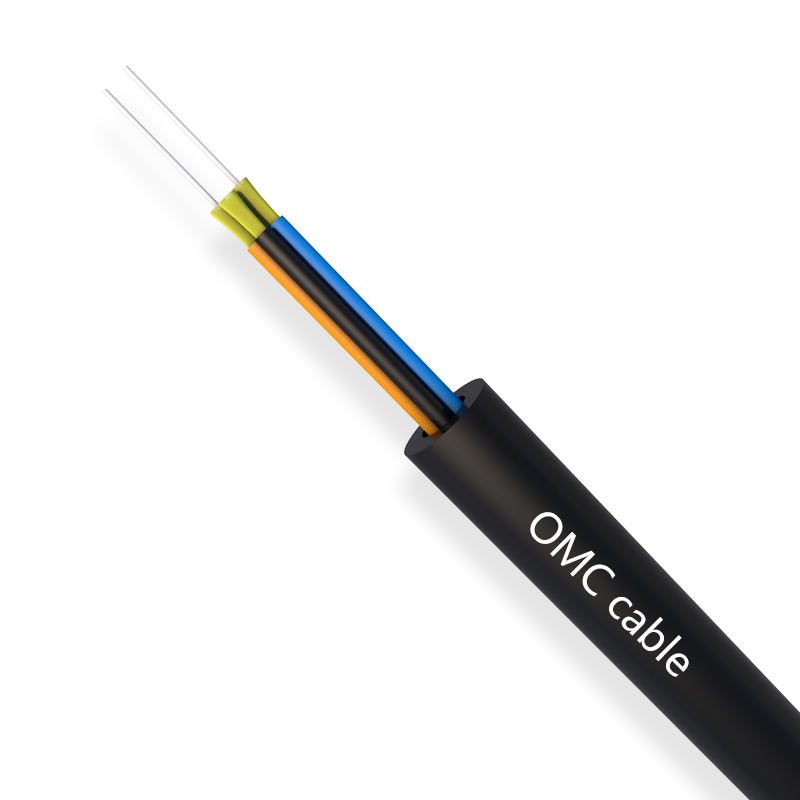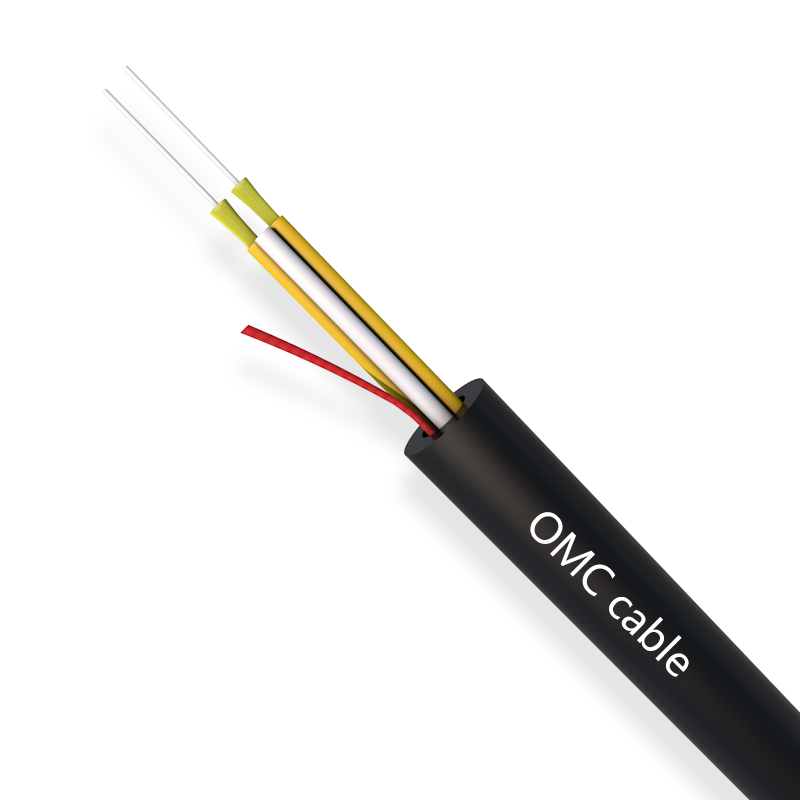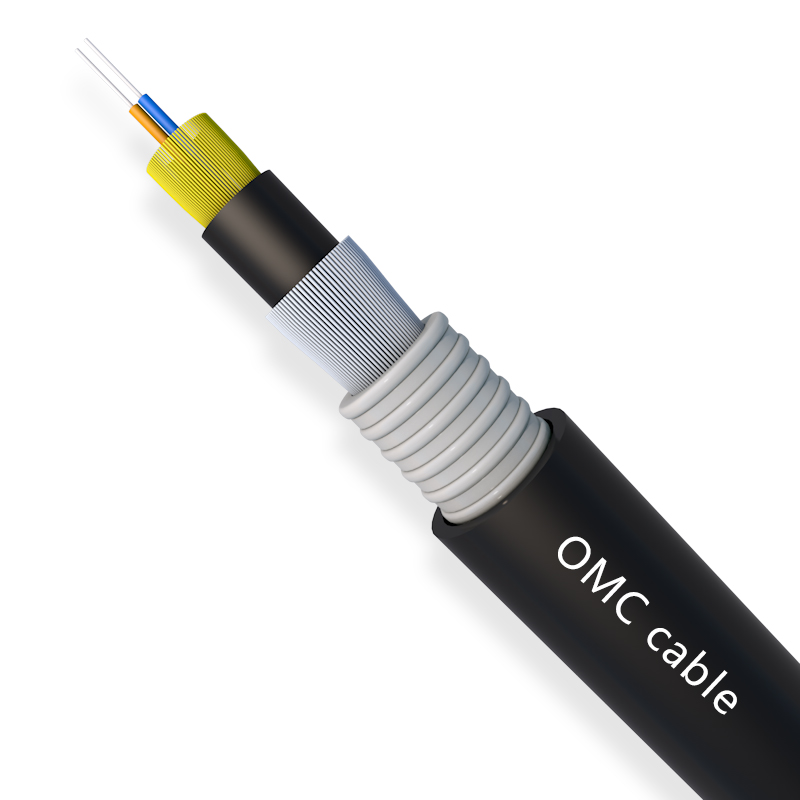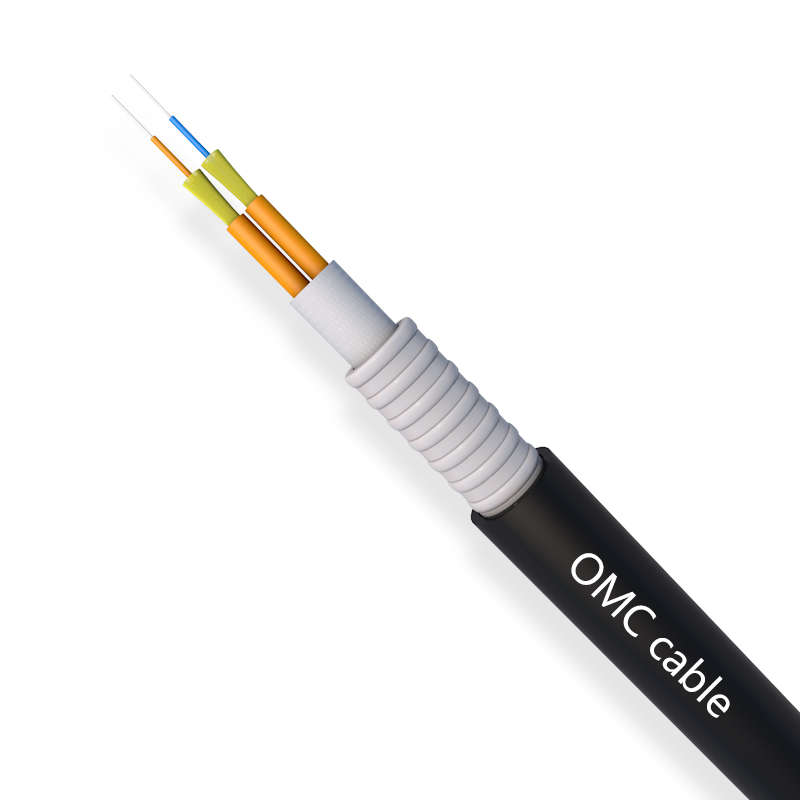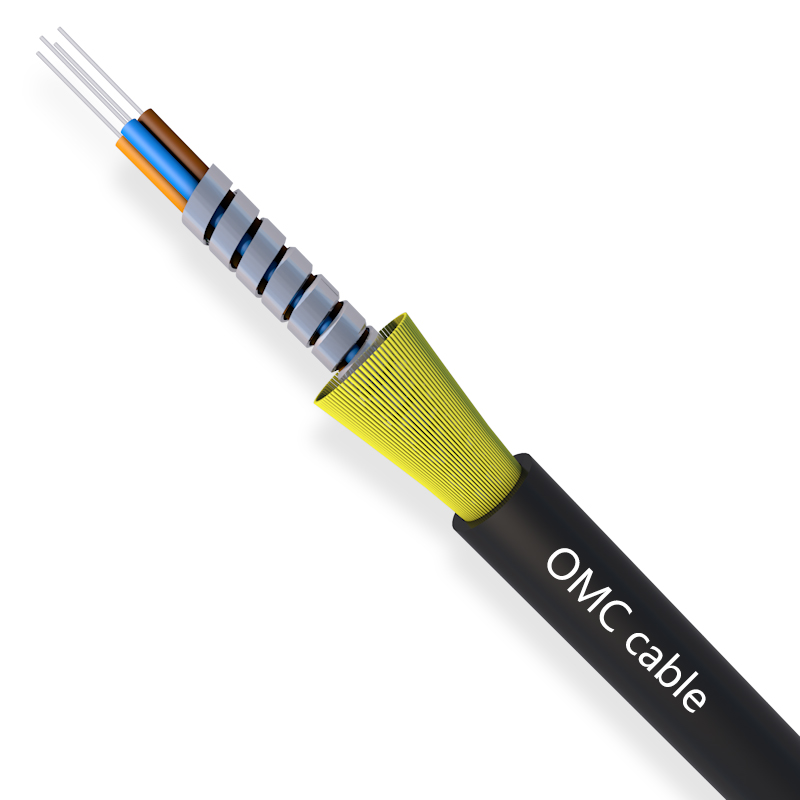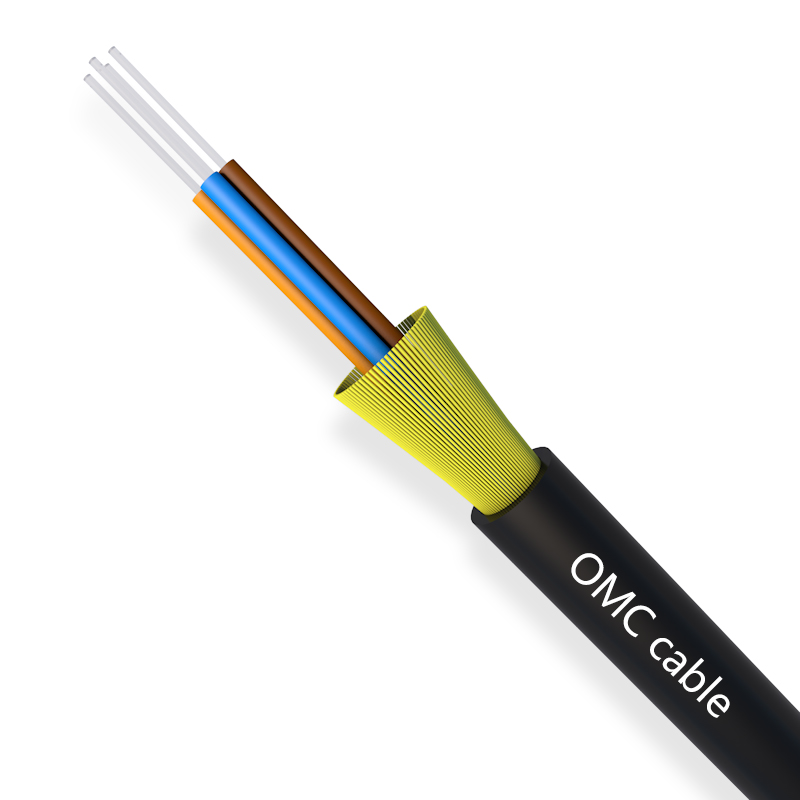FTTA CPRI Cable
FTTA CPRI Fiber Optic Cable: Reliable Connectivity for 5G Networks & Telecom Infrastructure
OMC FTTA CPRI Cable, short for Fiber-to-the-Antenna Common Public Radio Interface Cable, is a specialized fiber optic cable assembly designed to connect baseband units (BBUs) and remote radio units (RRUs) in wireless communication networks. It plays a crucial role in enabling efficient and reliable data transmission between these components, replacing traditional coaxial cables used for fronthaul connections. The CPRI interface standardizes the transport, connectivity, and control communication criteria between BBUs and RRUs, allowing for seamless interoperability and integration of equipment from different vendors.
Product Advantages of Our FTTA CPRI Cable
Our FTTA CPRI Cable stands out in the market due to its exceptional features and performance. Here are some key advantages:
Rugged Construction
The cable is armored with a robust jacket that provides excellent crush resistance and mechanical durability. This ensures it can withstand the rigors of outdoor installations, such as being pulled through conduits or subjected to heavy loads.
Wide Temperature Range
Our FTTA CPRI Cable is designed to operate reliably in extreme temperature conditions, typically from -40°C to +85°C. This makes it suitable for deployment in various climates, ensuring consistent performance regardless of weather fluctuations.
High Tensile Strength
The cable has a high tensile strength of ≥55 N, allowing it to endure tension and strain during installation and operation without breaking or deforming.
Low Latency
Utilizing fiber optic technology, our FTTA CPRI Cable offers low latency connectivity between the BBU and RRU. This is vital for real-time data transfer in telecommunications networks, ensuring minimal delays in signal transmission and enhancing overall network performance.
High Bandwidth
The cable supports high data rates, accommodating the increasing bandwidth demands of modern wireless communication standards like 4G and 5G. This enables efficient transmission of large volumes of data, including high-definition video and high-speed internet services.
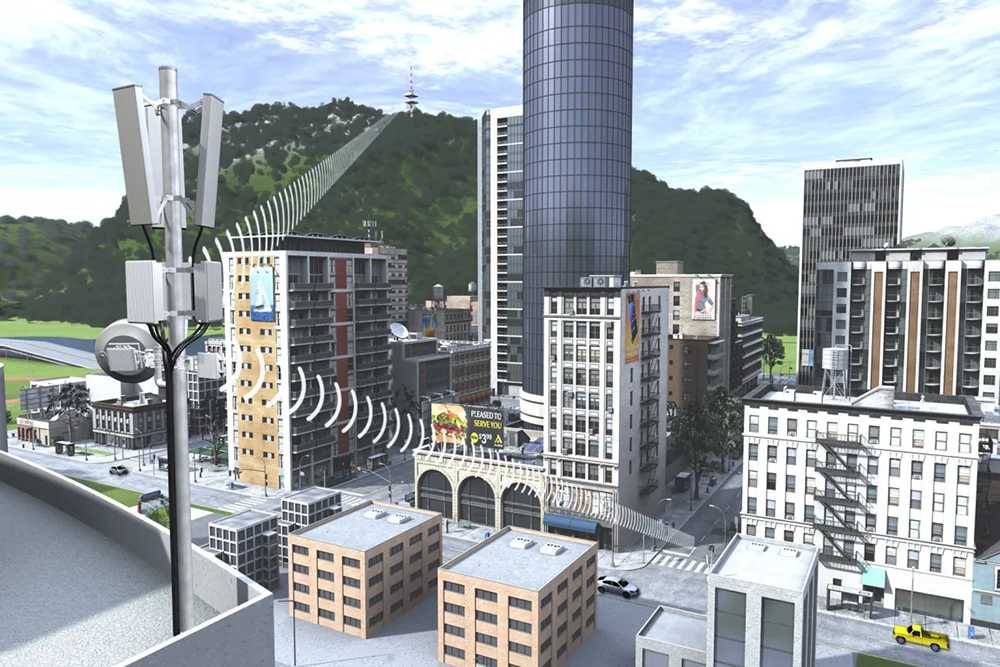
Applicable Scenarios for FTTA CPRI Cable
FTTA CPRI Cable is widely applicable in various scenarios within wireless communication networks:
Base Stations
• BBU to RRU Connection: In mobile base stations, FTTA CPRI Cable establishes the crucial fronthaul connection between the baseband unit (BBU) and the remote radio unit (RRU). This enables the transmission of digitized radio signals and control/management data, facilitating seamless communication between these components and ensuring efficient operation of the base station.
FTTA Deployments
• Centralized BBU Architecture: In FTTA (Fiber-to-the-Antenna) deployments, the baseband unit (BBU) can be centralized while the remote radio units (RRUs) are distributed closer to the antennas. Our FTTA CPRI Cable facilitates this architecture by providing reliable and efficient fiber optic connections between the BBU and RRUs, simplifying installation, reducing costs, and improving network performance.
Outdoor Telecom Applications
• Cell Towers and Antenna Systems: Our FTTA CPRI Cable is designed for outdoor use and can withstand harsh environmental conditions such as rain, dust, and UV exposure. It is widely used in cell towers and antenna systems to connect the base station equipment to the antenna units, providing a reliable and efficient means of transmitting radio signals and data.
• Remote and Harsh Locations: In remote or challenging environments where traditional coaxial cables may not be suitable, FTTA CPRI Cable offers a robust and durable solution. Its rugged construction and weather-resistant properties make it ideal for outdoor telecom applications in areas with extreme temperatures, high humidity, or other adverse conditions.
Customization Process
We offer fully customizable FTTA CPRI fiber optic cables to meet the specific needs of your deployment. The customization process begins with a consultation where we assess your requirements, including cable length, connector types, and environmental factors. Based on this information, our team will design a cable solution that meets your needs, ensuring compatibility with your existing infrastructure and long-term network performance.
Recommended products
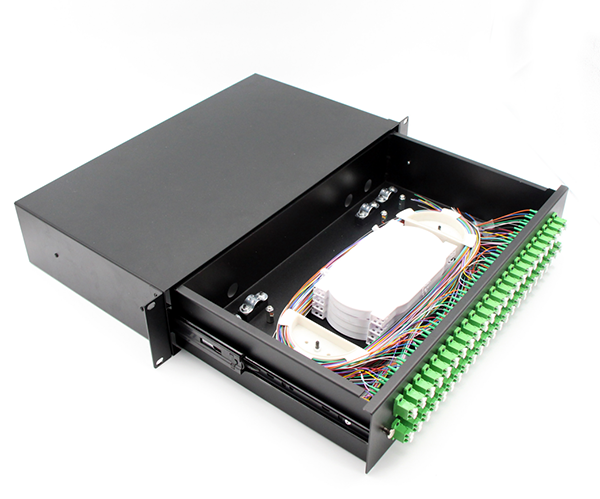
Fiber Optic Patch Panels
Essential for organizing and managing fiber connections.
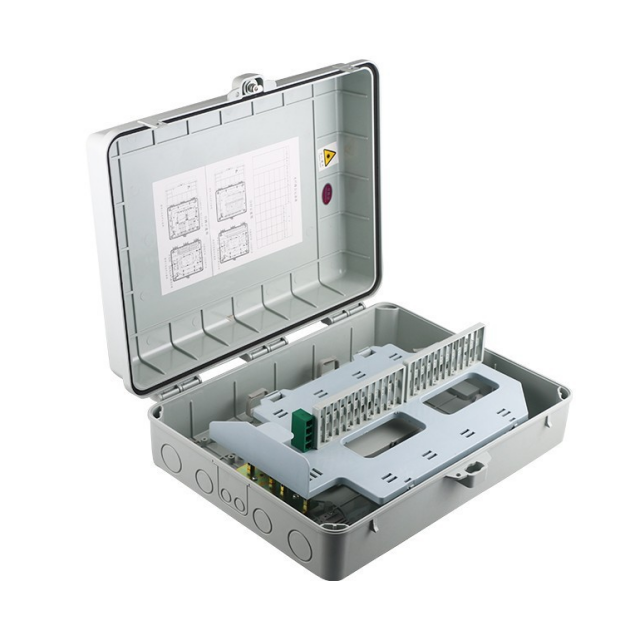
Outdoor Fiber Enclosures
Protects cables and connections from environmental damage.
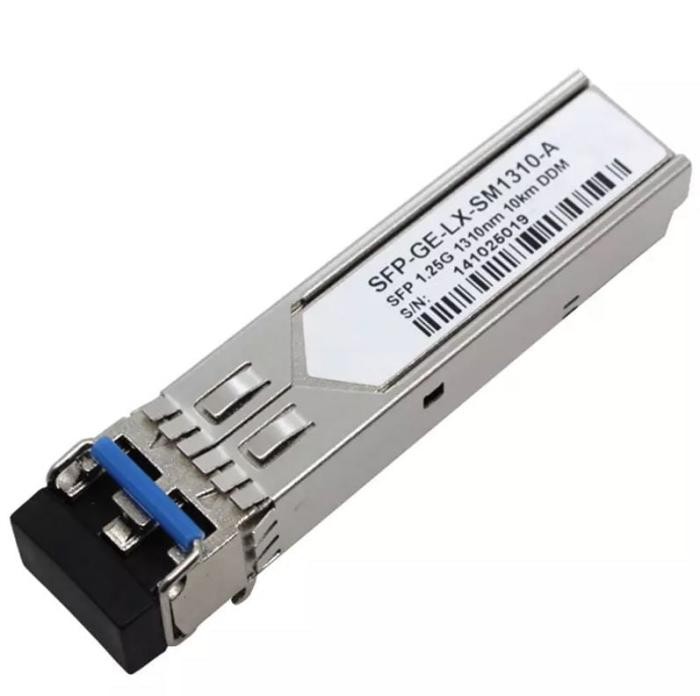
SFP Modules
Provides high-speed, efficient connectivity for telecom and data center environments.
FAQ
Q: What is the difference between FTTA and CPRI fiber optic cables?
A: FTTA refers to a network design that uses fiber optics to connect base stations to antennas, while CPRI (Common Public Radio Interface) is a communication standard for linking base station equipment and remote radio heads. FTTA CPRI cables are designed to support both of these components in wireless network architectures.
Q: Can FTTA CPRI fiber optic cables be used for 5G networks?
A: Yes, FTTA CPRI fiber optic cables are ideal for 5G deployments, offering the high bandwidth and low latency required for high-frequency and large data volumes associated with 5G technology.
Q: Are FTTA CPRI cables outdoor-rated?
A: Yes, our FTTA CPRI cables are designed to be durable and weather-resistant, making them perfect for outdoor use in harsh environments such as cell towers and industrial sites.
Q: What is the typical connector type used in FTTA CPRI Cable?
A: The most common connector type used in FTTA CPRI Cable is the duplex LC connector. This small form-factor push-pull connector is suitable for high-density interconnections and provides a secure and reliable connection between the cable and the equipment.


